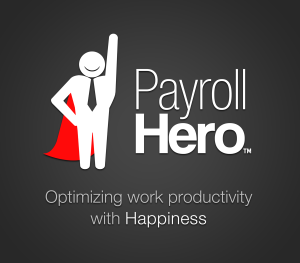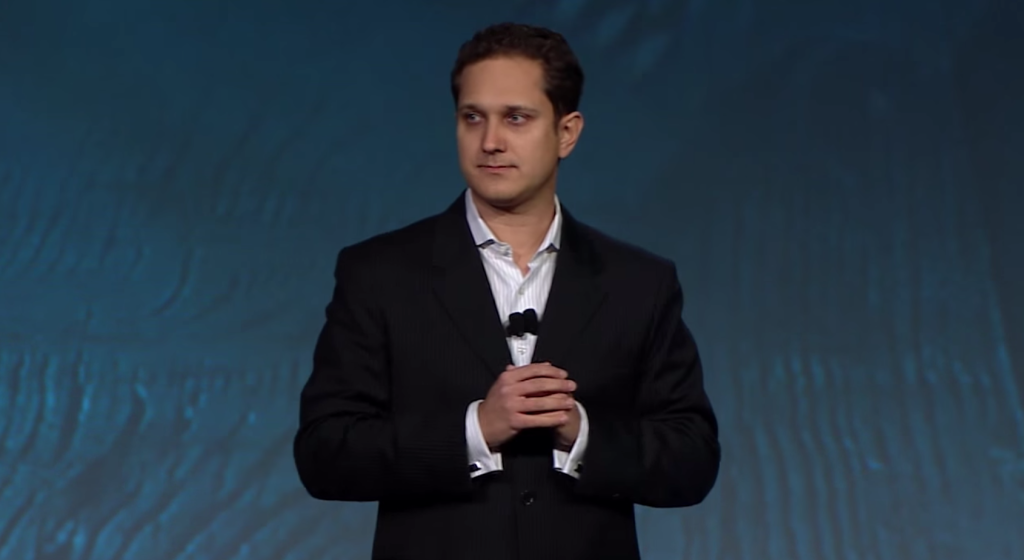
The Special Employment Credit was introduced in 2011 in order to provide tax credits for employers who employ low-wage Singaporean senior citizens. The time period in which the SEC is implemented is between January 1, 2012 and December 31, 2016. The last SEC payout will be on March 2017.
There are three main criteria in order to apply for the SEC. The employee must be:
- a Singaporean citizen
- aged over 50
- earning less that $4000 a month
In the year 2015, the Government decided to increase credit rates in order for companies to cope with the increase in CPF contributions. Credit offered by the government is 8.5% of the employee’s monthly wages for employees aged between 50 and 65. For employees over 65 years of age, the credit is 11.5% of monthly wages. These rates apply till December 31, 2015. The schedule for credit is given below:
| SEC for the month ($) for employers who hire Singaporeans | ||
| Income of employee/month ($) | between ages 50 and 65 | over age 65 |
| 500.00 | 42.50 | 57.50 |
| 1000.00 | 85.00 | 115.00 |
| 1500.00 | 127.50 | 172.50 |
| 2000.00 | 170.00 | 230.00 |
| 2500.00 | 212.50 | 287.50 |
| 3000.00 | 255.00 | 345.00 |
| 3250.00 | 191.25 | 258.75 |
| 3500.00 | 127.50 | 172.50 |
| 3750.00 | 63.75 | 86.25 |
| >= 4000 | 0.00 | 0.00 |
The rates for 2016 have not been announced. The Singapore government has not specified whether these rates will remain or be reverted back to the old credit rates.
SEC Payments
SEC payments are made on a retrospective basis. For the months between January and June, SEC payments will be made in September. For months between July and December, SEC payments are made the following March. A company will qualify for SEC payments only after the necessary CPF contributions have been made. To check the contribution schedule for CPF and for more details on CPF payments, check out our blog post. Payments are made via GIRO. For companies without GIRO, a cheque will be sent. An important point to note that SEC is taxable.
To find out the absolute value of credit that your company will receive, you can click on the SEC calculator here. For more details on SEC, you can find FAQs here.

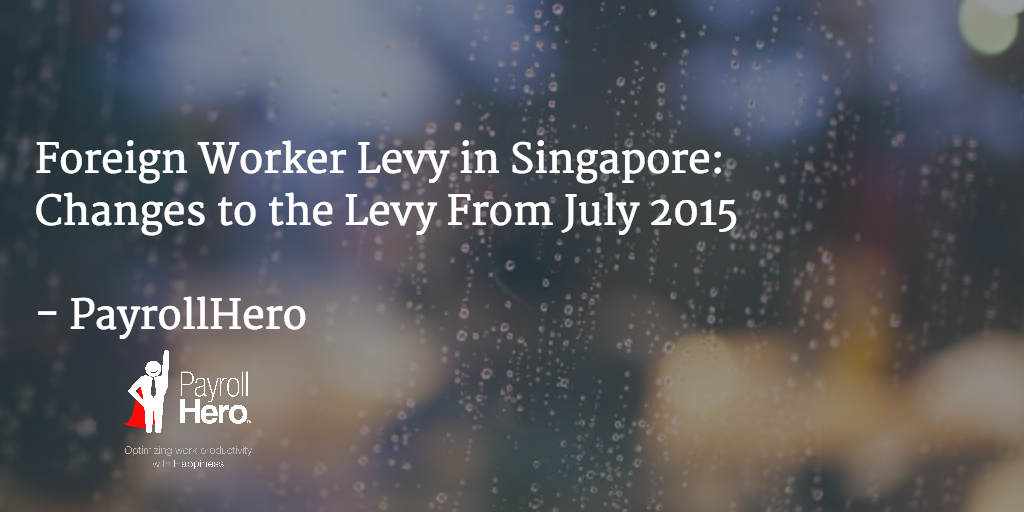 The Ministry of Manpower in Singapore has implemented a quota on the total number of foreign employees that you can hire. If your company exceeds the quota, you will have to reorganize your workforce in order to meet the requirements. You can find out what is your company’s quota on foreign employees
The Ministry of Manpower in Singapore has implemented a quota on the total number of foreign employees that you can hire. If your company exceeds the quota, you will have to reorganize your workforce in order to meet the requirements. You can find out what is your company’s quota on foreign employees 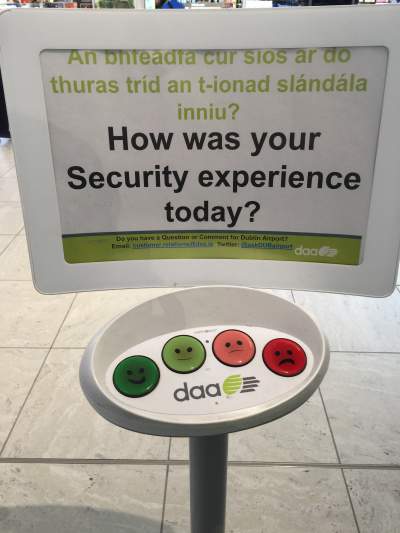
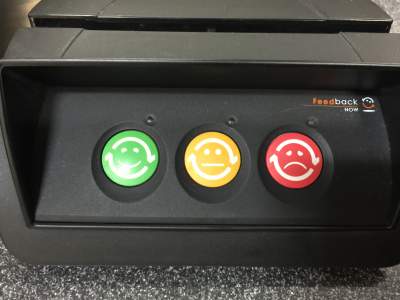
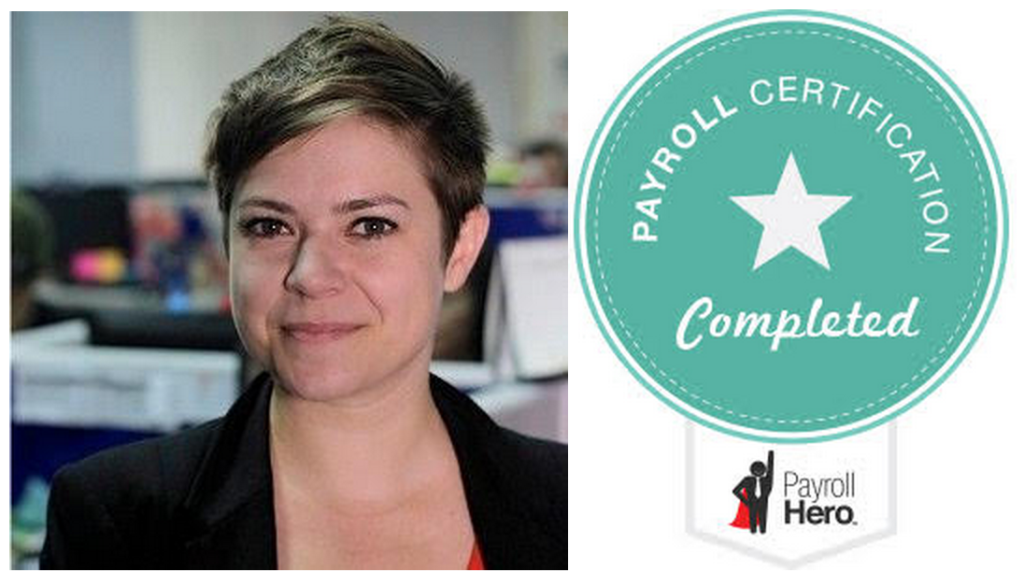
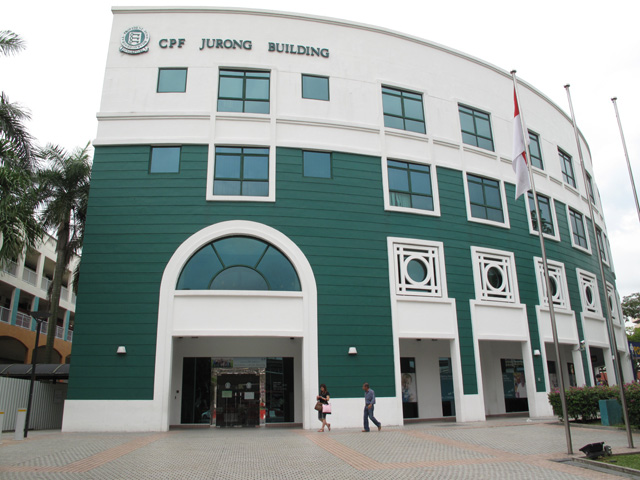
 e restricted to Singaporeans and PRs only. There are 4 major accounts that CPF contributions go into: Ordinary Account (for retirement, housing finance, investment, education), Special Account (for old age and special contingencies), Medisave Account (for hospital bills) and Retirement Account (this account is opened once the employee turns 55). Check out these links to find out contributions
e restricted to Singaporeans and PRs only. There are 4 major accounts that CPF contributions go into: Ordinary Account (for retirement, housing finance, investment, education), Special Account (for old age and special contingencies), Medisave Account (for hospital bills) and Retirement Account (this account is opened once the employee turns 55). Check out these links to find out contributions 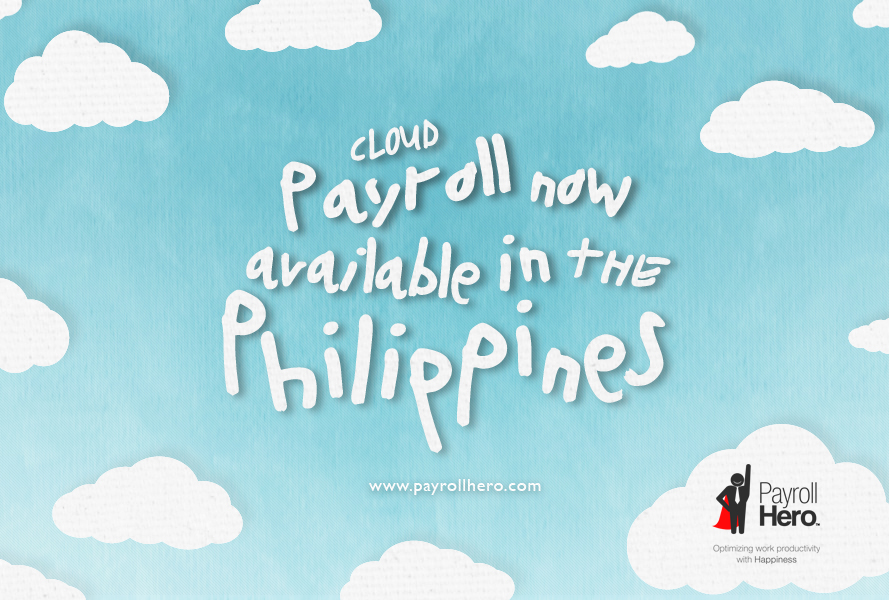
 Our
Our
